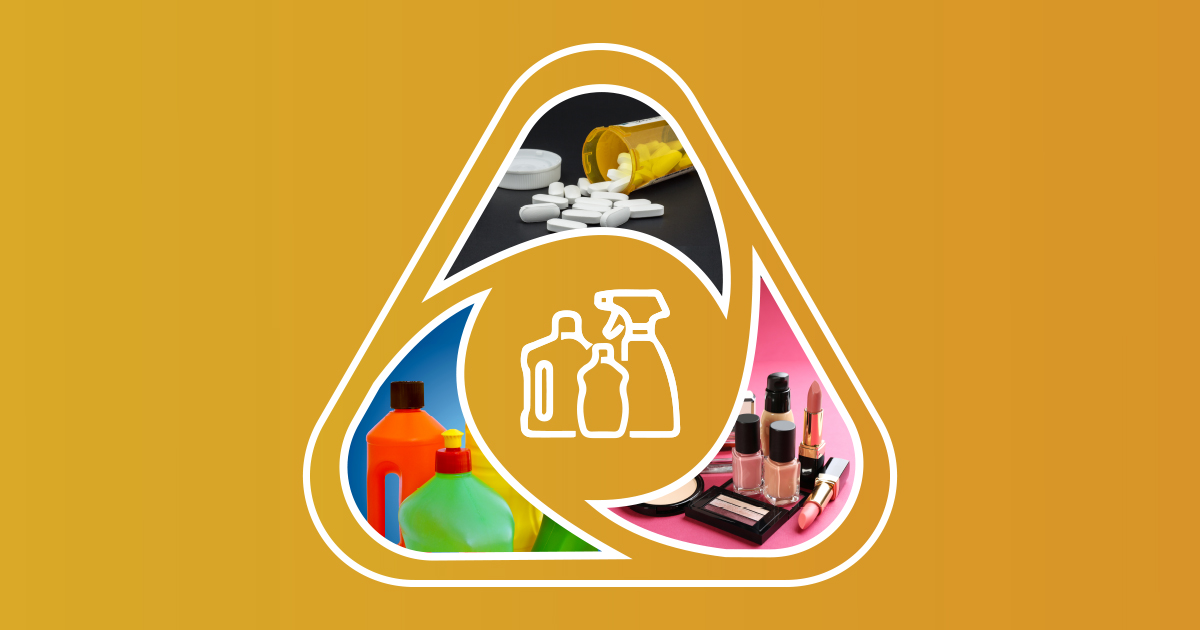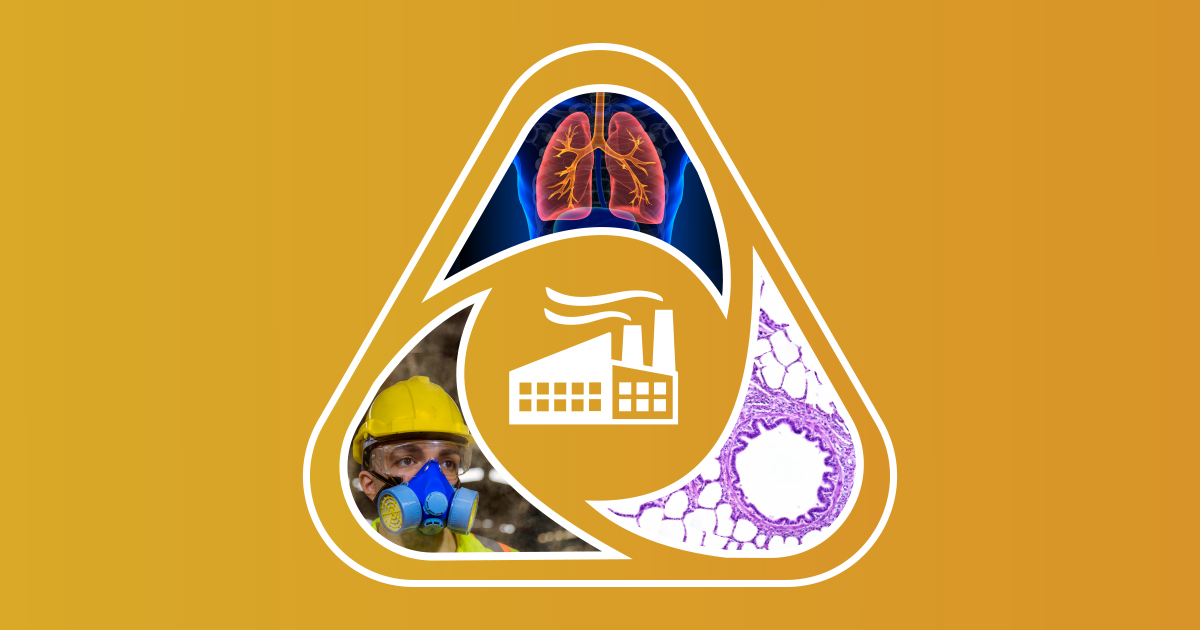
Much of the work carried out by DTT is in support of the National Toxicology Program (NTP), an interagency partnership of the Food and Drug Administration, National Institute for Occupational Safety and Health, and NIEHS.
The Division of Translational Toxicology’s (DTT) Exposure-Based Research aims to solve contemporary public health problems related to environmental exposures.
The intent is to develop and apply novel tools and approaches to better predict potential harm to human health from environmental exposures we encounter at home, at work, and at play.
The following topics make up this strategic area of research.

Combined Exposures and Mixtures
Humans are continuously exposed to mixtures of chemicals. Challenges continue in characterizing exposure to mixtures, evaluating their toxicity and hazard, and assessing associated risk. Limitations in understanding have led to inconsistent use of available methods to assess mixtures and uncertainties in their application. The lack of harmonized terminology or methods' comparisons complicate the synthesis of information across disciplines and impede the use of mixtures data in decision-making.

Consumer Products and Therapeutics
People are exposed to numerous chemicals and chemical mixtures through the use of consumer products. Determining the potential adverse human health outcomes from those exposures cannot always be done using traditional, single chemical toxicology testing. Therefore, this research aims to define approaches that can address how best to test the large number of chemicals and mixtures of chemicals in consumer products.

Occupational and Inhalation Exposures
Inhalation exposure to potentially harmful substances in both the workplace and our everyday environments can cause adverse health effects to the respiratory tract and other organ systems. Evaluating the toxicity and carcinogenicity of inhaled agents is challenging largely due to the complexities of the exposure models and systems required for testing. Nonetheless, hazard characterization is critical to creating safe living and working environments and reducing disease burden after inhalation exposure. Other exposure routes, such as though skin contact, also exist in the workplace. Additionally, the general public may face non-inhalation exposures such as from radiation.


